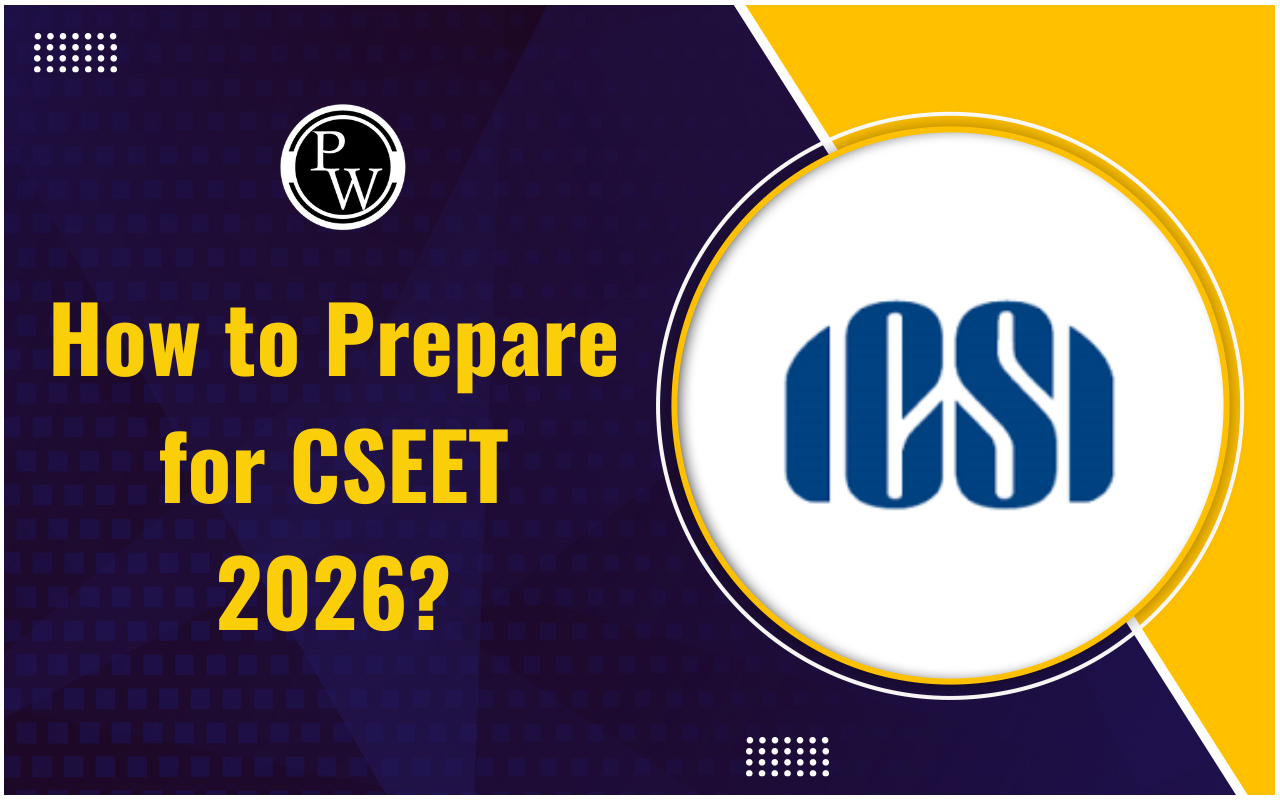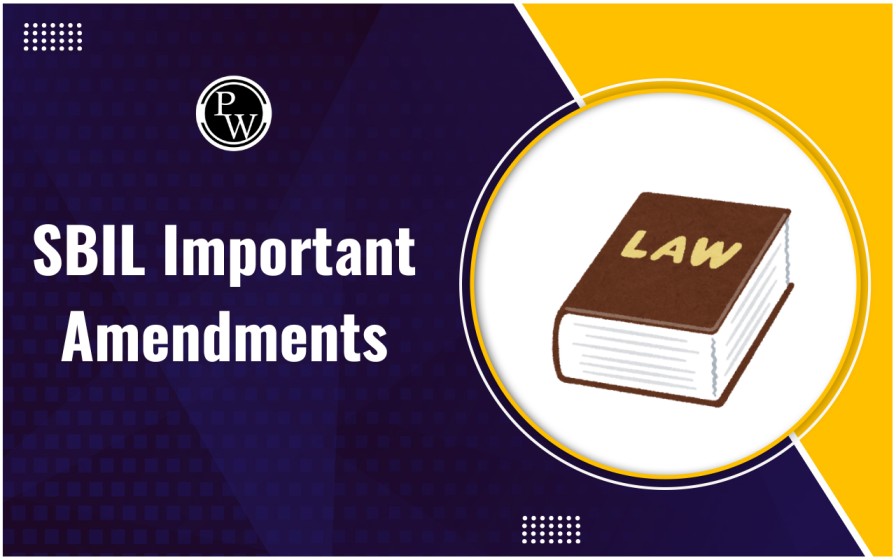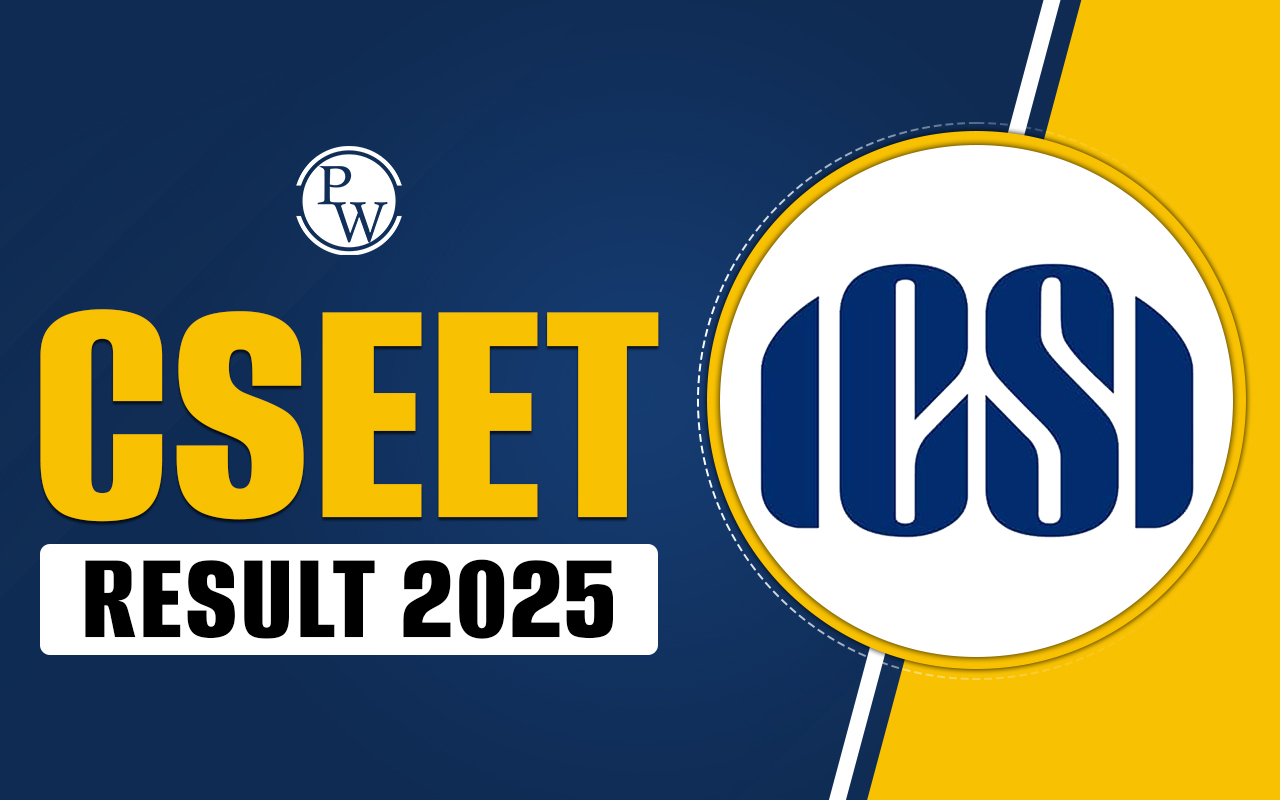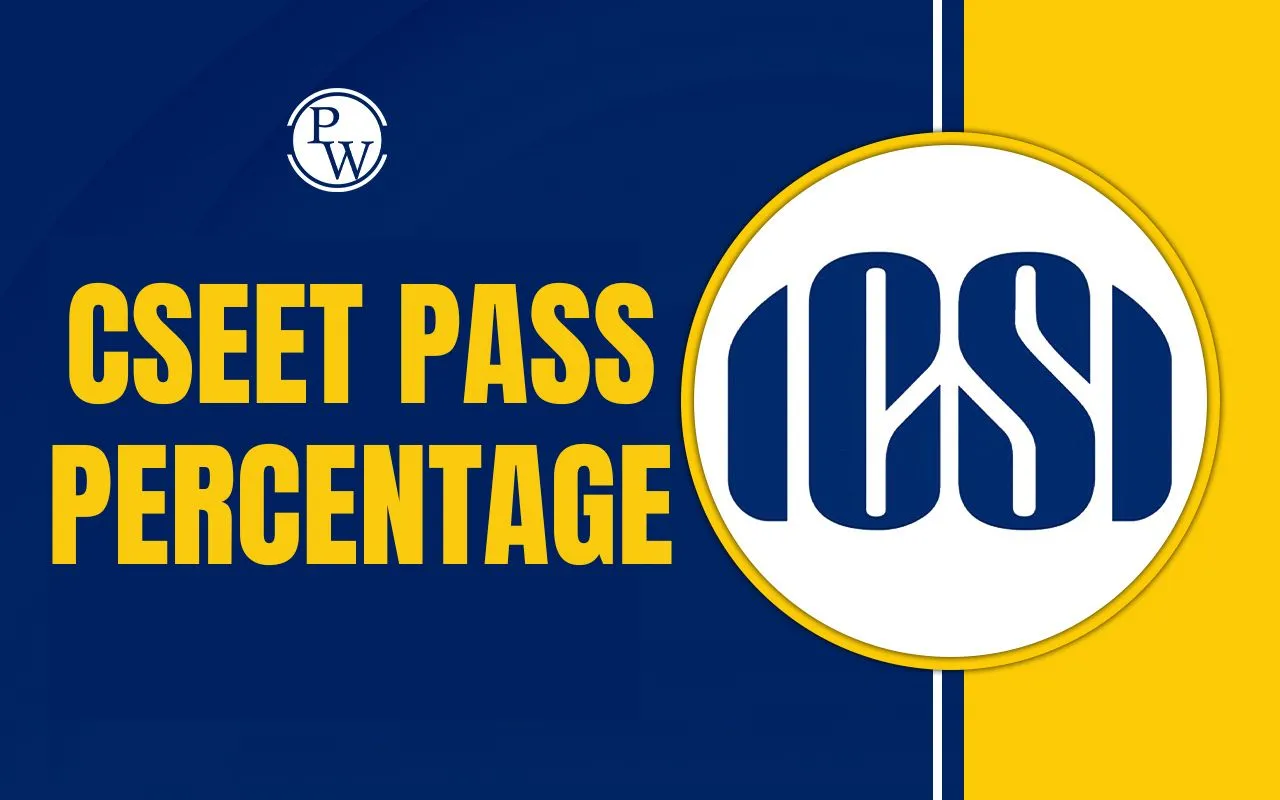
The Customs Act 1962 is a law in India that deals with customs duties, imports, exports, and related issues. It was created to bring together and update the rules about customs. This act provides the legal basis for charging and collecting customs duties. It explains how goods should be cleared at customs ports and airports. It gives customs officials the power to manage the movement of goods across borders, stop smuggling, and ensure that international trade agreements are followed.
Key points of this act include:- Regulation and collection of customs duties.
- Procedures for clearing goods at customs ports and airports.
- Authority for customs officials to control goods crossing borders.
- Measures to prevent smuggling.
- Ensuring compliance with international trade agreements.
Objectives of the Customs Act
The primary objectives of the Customs Act, 1962, are to:- Levy and Collection of Duties : The Act provides for the imposition and collection of customs duties on goods imported into or exported from India. This regulation helps protect domestic industries, generate revenue, and ensure compliance with trade policies.
- Prevention of Smuggling : The Act includes measures to curb illegal import and export activities, safeguarding the country’s economy and security.
- Regulation of Imports and Exports : The Act establishes a legal framework to regulate the import and export of goods, including documentation standards, clearance procedures, and conditions for import/export.
- Facilitation of Legitimate Trade : While ensuring compliance and preventing illegal activities, the Act aims to facilitate legitimate trade through simplified procedures, electronic document filing, and expedited clearance mechanisms.
Key Provisions of the Customs Act
The Customs Act, of 1962, includes several key provisions that outline the regulatory framework for customs operations in India:Levy of Customs Duties
- Types of Duties : The Act provides for various types of duties, including Basic Customs Duty (BCD), Additional Customs Duty (CVD), Anti-Dumping Duty, and Safeguard Duty. These duties are imposed based on the classification and valuation of goods.
- Tariff Structure : Detailed in the Customs Tariff Act, 1975, the tariff structure specifies the rates of duties, which are periodically updated.
Valuation of Goods
- Transaction Value : The primary basis for valuation under the Act is the transaction value, the price actually paid or payable for the goods when sold for export to India.
- Customs Valuation Rules : The Customs Valuation (Determination of Value of Imported Goods) Rules, 2007, provide guidelines for determining the value of goods when the transaction value is not applicable.
Also Read: Understanding the Law Relating to Sale of Goods Act, 1930
Import and Export Procedures
- Bill of Entry and Shipping Bill : Importers and exporters must file a Bill of Entry for import and a Shipping Bill for export, detailing the goods' particulars.
- Clearance of Goods : The Act outlines procedures for goods clearance, including assessment, payment of duties, and inspection. It also provides for warehousing and transhipment.
Prohibitions and Restrictions
- Prohibited Goods : The Act prohibits importing and exporting certain goods deemed hazardous, harmful, or contrary to public policy.
- Restricted Goods : Some goods can only be imported or exported under specific conditions or licenses.
Enforcement and Penalties
- Search, Seizure, and Arrest : The Act grants customs officers the authority to search premises, seize goods, and arrest individuals involved in customs violations.
- Penalties : Various penalties for offences such as misdeclaration of value, duty evasion, and smuggling, including fines, confiscation, and imprisonment.
Appeals and Revisions
- Appellate Mechanism : The Act provides a structured appellate mechanism, allowing individuals to appeal against customs authorities' decisions. Appeals can be made to the Commissioner (Appeals), the Customs, Excise, and Service Tax Appellate Tribunal (CESTAT), and higher judicial bodies.
- Revision by Government : The Central Government can review and revise customs authorities' decisions to ensure uniformity and justice.
Mechanisms for Trade Facilitation
To promote legitimate trade and enhance efficiency, the Customs Act incorporates several trade facilitation measures:- Electronic Filing : The Act supports the electronic filing of documents through the Indian Customs Electronic Data Interchange (EDI) System, reducing paperwork and expediting clearance.
- Authorized Economic Operator (AEO) Program : The AEO program recognizes businesses with strong compliance records, offering benefits like expedited clearance and reduced inspections.
- Single Window Interface : The Single Window Interface for Facilitating Trade (SWIFT) allows importers and exporters to file a common declaration for clearance by multiple regulatory agencies.
Recent Amendments and Future Prospects
The Customs Act, 1962, has undergone several amendments to align with evolving economic conditions, trade practices, and technological advancements. These amendments ensure the Act remains relevant and effective in today's trade environment.Custom Act Recent Amendments
Faceless Assessment: This initiative aims to standardize and expedite the assessment of goods by using a virtual environment, enhancing transparency, reducing biases, and speeding up customs clearance.Custom Act Future Prospects
Technological Integration: Future updates may include blockchain and AI to provide secure tracking, reduce fraud, and enhance risk management, improving customs operations' efficiency.Customs Act FAQs
What is the primary purpose of the Customs Act, 1962?
The primary purpose of the Customs Act, 1962, is to regulate the import and export of goods, levy and collect customs duties, and prevent smuggling activities in India.
What are the key types of duties levied under the Customs Act?
The key types of duties include Basic Customs Duty (BCD), Additional Customs Duty (CVD), Anti-Dumping Duty, and Safeguard Duty, each serving different regulatory purposes.
How does the Customs Act facilitate legitimate trade?
The Act facilitates legitimate trade through simplified procedures, electronic filing systems, and initiatives like the Authorized Economic Operator (AEO) program and Single Window Interface.
What recent technological advancements have been integrated into the Customs Act?
Recent advancements include the introduction of faceless assessment, electronic filing and automation, and the integration of Risk Management Systems (RMS) and Post Clearance Audits (PCA).
How does the Customs Act support sustainable trade practices?
The Act includes provisions for stricter regulations on environmentally sensitive goods and promotes eco-friendly technologies in customs operations.
🔥 Trending Blogs
Talk to a counsellorHave doubts? Our support team will be happy to assist you!

Check out these Related Articles
Free Learning Resources
PW Books
Notes (Class 10-12)
PW Study Materials
Notes (Class 6-9)
Ncert Solutions
Govt Exams
Class 6th to 12th Online Courses
Govt Job Exams Courses
UPSC Coaching
Defence Exam Coaching
Gate Exam Coaching
Other Exams
Know about Physics Wallah
Physics Wallah is an Indian edtech platform that provides accessible & comprehensive learning experiences to students from Class 6th to postgraduate level. We also provide extensive NCERT solutions, sample paper, NEET, JEE Mains, BITSAT previous year papers & more such resources to students. Physics Wallah also caters to over 3.5 million registered students and over 78 lakh+ Youtube subscribers with 4.8 rating on its app.
We Stand Out because
We provide students with intensive courses with India’s qualified & experienced faculties & mentors. PW strives to make the learning experience comprehensive and accessible for students of all sections of society. We believe in empowering every single student who couldn't dream of a good career in engineering and medical field earlier.
Our Key Focus Areas
Physics Wallah's main focus is to make the learning experience as economical as possible for all students. With our affordable courses like Lakshya, Udaan and Arjuna and many others, we have been able to provide a platform for lakhs of aspirants. From providing Chemistry, Maths, Physics formula to giving e-books of eminent authors like RD Sharma, RS Aggarwal and Lakhmir Singh, PW focuses on every single student's need for preparation.
What Makes Us Different
Physics Wallah strives to develop a comprehensive pedagogical structure for students, where they get a state-of-the-art learning experience with study material and resources. Apart from catering students preparing for JEE Mains and NEET, PW also provides study material for each state board like Uttar Pradesh, Bihar, and others
Copyright © 2025 Physicswallah Limited All rights reserved.
Get App









